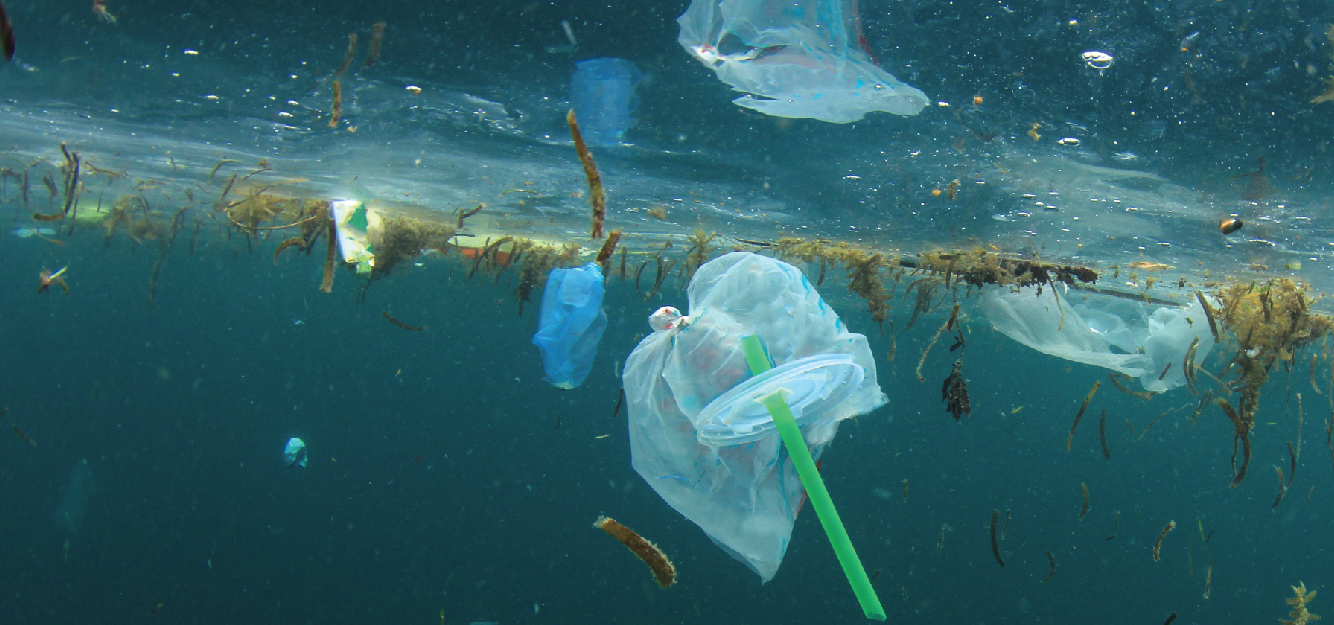Over 80 percent of marine pollution comes from land-based sources and transboundary rivers play a key role in the transportation of various pollutants. GWP Senior Network and Transboundary Water Cooperation Specialist Yumiko Yasuda, who moderated the event, noted that this poses major challenges because these shared freshwater resources and the marine environment belong to separate jurisdictions. Therefore, there is an increasing need to implement an S2S approach in a more coherent manner to achieve the Sustainable Development Goals (SDGs), especially SDG 6 (Water and Sanitation) and SDG 14 (Life Below Water).
Patricia Wouters from Wuhan University’s Academy of International Water Law co-chaired the event with David J Devlaeminck from the School of Law, Chongqing University, and led the break-out rooms where participants got the chance to put questions to the speakers.
The four speakers were:
- Owen McIntyre, Professor of Environmental Law, School of Law, University College Cork;
- Elizabeth Kirk, Global Professor Global Governance and Ecological Justice, Director Lincoln Centre for Ecological Justice, University of Lincoln;
- Dimitris Faloutsos, Deputy Regional Coordinator GWP Mediterranean; and
- Alistair Rieu-Clarke, Professor at School of Law, Northumbria University, Newcastle.
Owen McIntyre claimed: “The problem of marine pollution and its source has been recognised for a long time, but attempts to develop comprehensive global frameworks to tackle this challenge have not been successful.” He presented the interface between International Water Law (IWL) and the marine environment. He emphasised that rare interactions between river basin organisations and marine organisations, and the growing reliance on non-legal/transnational approaches, pose significant issues for cooperation between land and marine actors.
Elizabeth Kirk gave a presentation on marine plastic pollution where she pointed out relevant treaties that note the responsibility of states in relation to plastic pollution. However, she said: “It is very difficult to trace the source of the plastic, so it makes it more challenging to hold states responsible for it.”
A new and promising cooperation appeared in June–July 2021, with 80 states committing to establishing an Intergovernmental Negotiating Committee to develop a legally binding agreement to tackle plastic pollution. “It looks very likely that a negotiation will be set up, although we do not know what obligations it will introduce and how these [obligations] will interact with IWL,” said Kirk.
Dimitris Faloutsos showcased the Drin River Basin where the five riparian states have signed a Memorandum of Understanding and established a joint commission, the Drin Core Group, where GWP Mediterranean played a key role. Nutrients and solid waste are the primary pollutants carried by the Drin River leading to further contamination and coastal erosion, affecting various sectors, like tourism and fisheries. He said: “High interest from riparian states has been received for the establishment of an S2S international agreement. The work is under progress and a draft version is already accepted which shows the importance of this topic.”
Alistair Rieu-Clarke presented the legal aspects and challenges of the S2S approach in the Drin Basin and said: “Traditionally, we can link basin commissions with marine commissions, but can we become more explicit and enlarge the scope by taking into account both freshwater and the marine environment?”
Following the presentations, the speakers answered questions that came in prior to and during the event, and break-out rooms were held to go deeper into different aspects of the topic.

